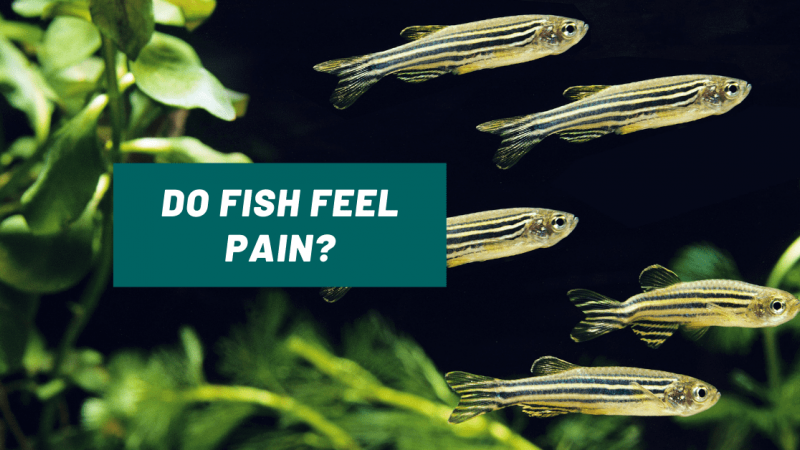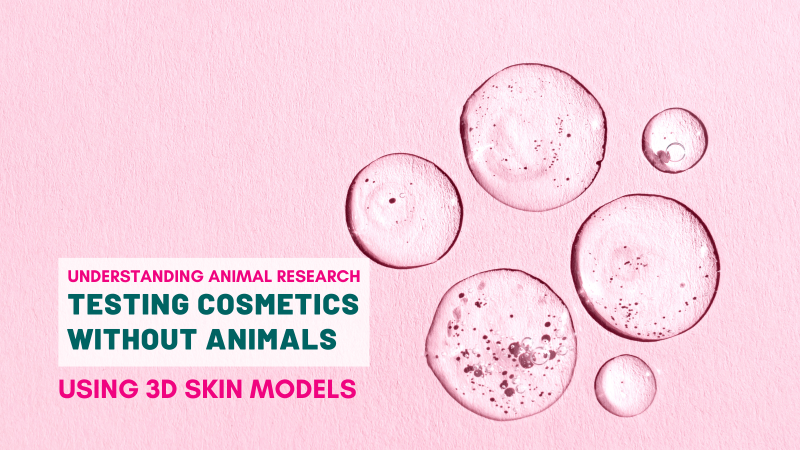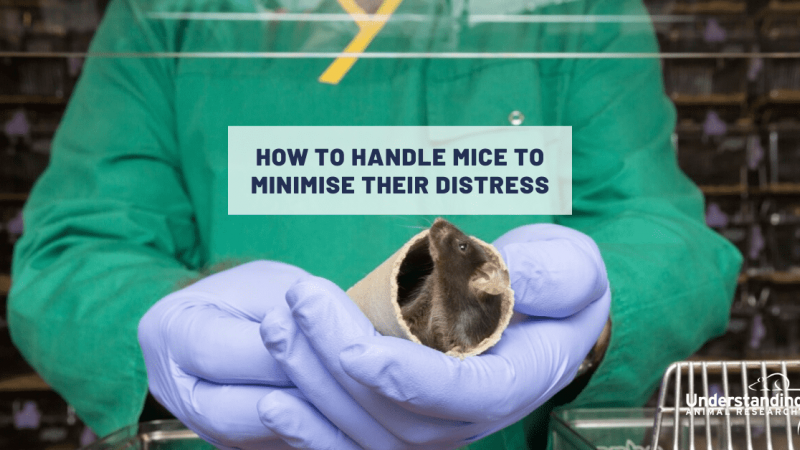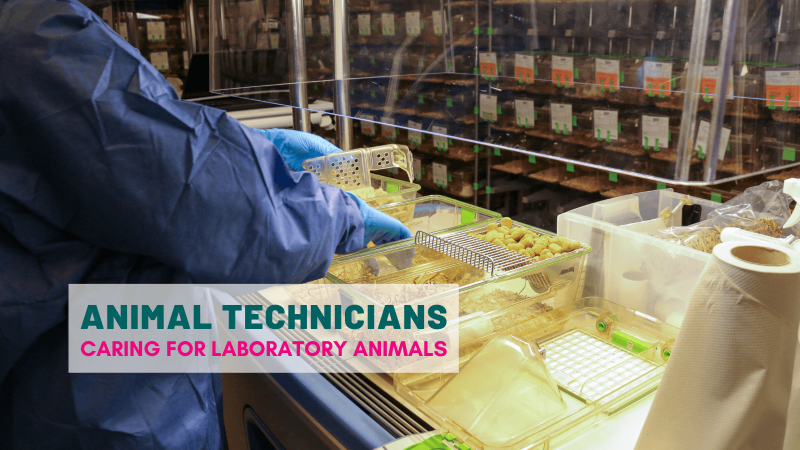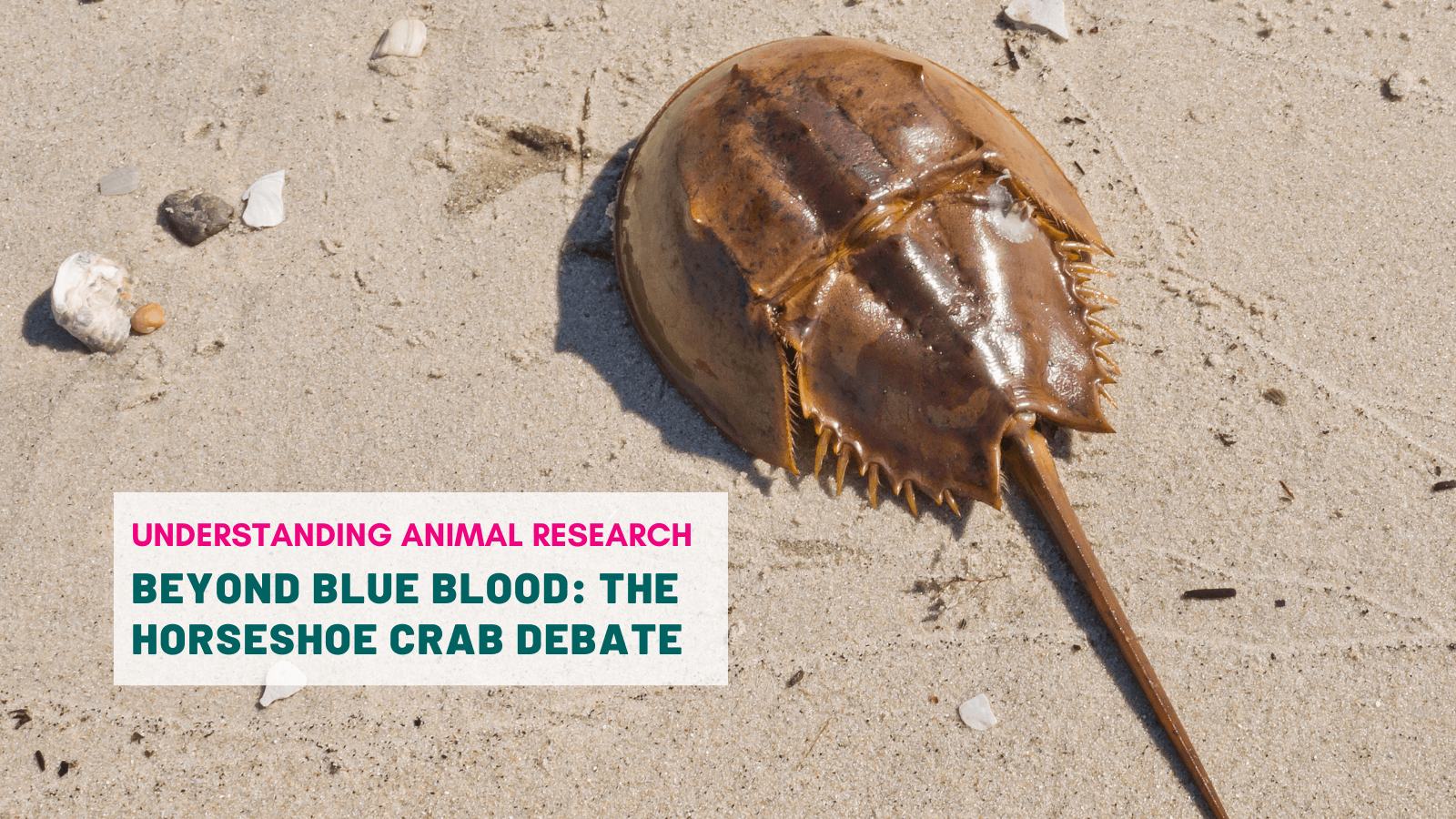
The horseshoe crab debate: alternative or welfare issue? Both!
Every batch of medicine that is designed to be injected is first tested for safety using the blood of the horseshoe crab, a strange and ancient sea creature which, despite its name, is more closely related to spiders than crabs. But as wild populations of horseshoe crabs decline and concern for animal welfare increases, the practice is becoming increasingly controversial.
When the blue blood of the horseshoe crab first replaced the use of rabbits in toxicological testing, it was widely welcomed as a step forward in animal welfare. Up until then, medicines had been tested for impurities by injecting a sample into the ear of a rabbit. If the rabbit developed symptoms, the chances were there was something wrong with that batch.
The discovery of special properties of horseshoe crab blood in the 1960s changed all that. The presence of endotoxins, molecules on the outer surface of some bacteria, causes the blood to clot which means it can be used as a simple and reliable way to detect bacterial contamination. All the test requires is blood to be taken from the crabs. Tests can then be done in vitro, outside the living animal which can, in theory, be returned to its natural habitat. A straightforward win-win for medicine and animal welfare, it seemed.
Except that the new in vitro method still isn’t entirely animal free. The blood has to come from somewhere, and that means suffering and distress cannot be entirely eliminated. Every year, about 500,000 horseshoe crabs are caught off the American coast for the pharmaceutical industry, bled and put back in the ocean, seemingly unharmed. However, regulatory agencies estimate that as many as 15% of the crabs die as a consequence of the procedure which can involve extracting as much as 30% of the animals’ blood. Some conservation researchers think the number of deaths could be as high as 30%.
For the crabs that survive the procedure and are returned to the wild, there could still be serious consequences. Some scientists argue that the collection, transportation and bleeding of the crabs all contribute to a stress load that impacts their health and immune system so that when they are returned to their natural environment their chances of survival and ability to reproduce are reduced.
“The horseshoe crabs might not be dying in the bleeding facilities, but the aftermath might be killing them slowly. They might be at higher risk of predation or infection, or they might not be breeding as much. There is a really significant concern here,” according to Dr Richard Gorman, researcher at the University of Exeter and horseshoe crab expert.
Now, the development of a synthetic version of an active ingredient in horseshoe crab blood called factor C has made it possible to do without the wild caught animal. This possible replacement technology was created by researchers in Singapore in 2001.
“This meant you could use it instead of the standard, the horseshoe crab blood,” explains Dr Gorman. “But to do so, you had to do a lot of extra work to validate your methods and show that they performed as well. This meant a lot of extra work and money. So there really was very little incentive to use the alternative unless you had real animal welfare goals – which some did.”
As of June 2020, the test is now allowed as a full replacement for horseshoe crab blood in the EU, but regulators in the US remain unconvinced which means the total removal of horseshoe crabs from the laboratory remains some way off.
But while complete replacement of horseshoe crabs with non-animal methods is not immediately possible, strides can still be taken to improve welfare and reduce stress. Part of the problem is that, unlike most animal research, the crabs themselves are not in front of the researchers, they are ‘invisible’, as Dr Gorman explains:
“The crabs are mostly invisible from the process; the scientists receive glass vials full of clear liquid to use. It is really strange in terms of welfare because the animal is so far removed from the supply chain. They are invisible compared to much more conventional animal research, so it is hard to have the same sort of culture of care than you would with a caged mouse that is right in front of you.”
Improving education and training can go some way to addressing this problem by raising awareness among researchers and incentivising them to reduce waste and so, over time, to need fewer crabs.
Meanwhile, many other welfare initiatives are being explored. AstraZeneca, for example, have pioneered a new technology which, they argue, will allow them to reduce their annual crab blood reagent consumption from 7.5 litres to potentially a few hundred millilitres, which means capturing far fewer animals. Improving transport conditions, and keeping captive populations of crabs in optimised refined conditions where they can be bled in smaller amounts more frequently are other avenues under consideration which could go a long way towards minimising stress and discomfort for the crabs.
Concern for the horseshoe crab, a species that has so far survived for over 200 million years, is certainly growing with the International Union for Conservation of Nature (IUCN) designating them a vulnerable species in 2016. As arachnid invertebrates, the crabs are not protected by research animal legislation.
The horseshoe crabs remain under threat both from the animals taken for pharmaceutical use and to a greater extent by the million horseshoe crabs fished out and killed by the bait industry each year.
Further reading
Horseshoe Crabs and the Pharmaceutical Industry: Challenges and Alternatives
Follow Dr Richard Gorman on Twitter @SustainableRic
Last edited: 5 June 2024 10:42

